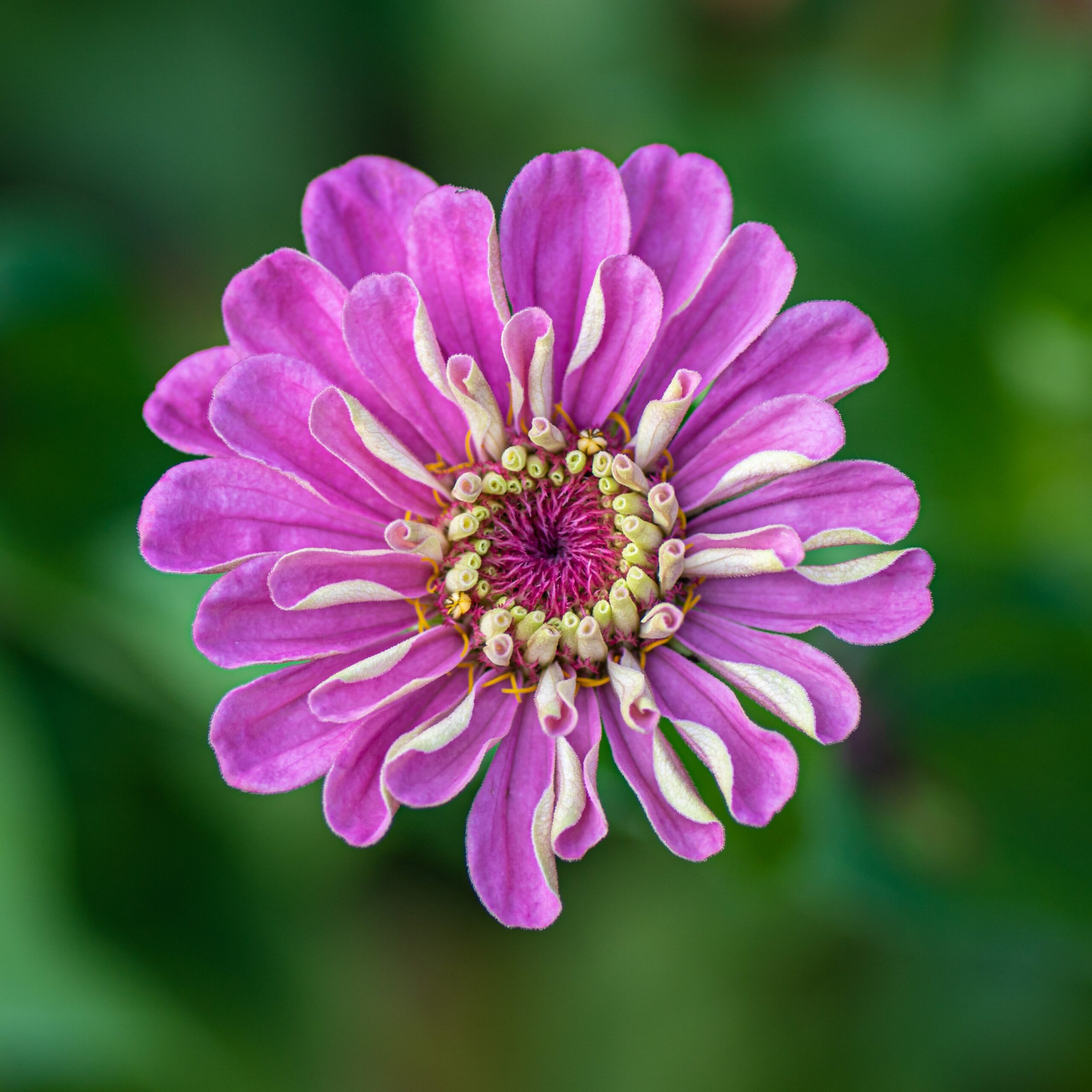Queen of the Night, or Epiphyllum Oxypetalum, is a special and exotic flower famed for its night time display. This exotic cactus derived its nickname due to the white blooms that are highly fragrant, opening up for a single glittering night. The bracts in the background create the mesmerizing appeal of a beautiful starry sky and the flower has become a favourite amongst night time garden lovers.
Meaning and Symbolism
Each part of the Queen of the Night flower has deep rooted meanings from various cultures all over the world. In Mexican culture, legend has it that the Goddess of Night gave people the magical cactus flower so that all could witness the nighttime beauty. Hindu, Greek and Roman mythology have also attributed different meanings to the flower.
The traditions vary with some declaring that the magical flower would bring romance and devoted love, whilst others believing it will bring great wealth and fortune.
History, Mythology and Religious Significance
The Queen of the Night, or Epiphyllum Oxypetalum, has a long and exciting history full of superstitions, myth and deeply rooted religious beliefs. Its origins were first thought to be in Mexico, theoretically in the 1800s. The flower has also been linked to Hindu, Greek and Roman mythologies, with many believing the flower brought many magical powers; bringing such things such as love, luck, fortune and more. Besides myth and superstition, the flower is also admired by many religion and their beliefs. Buddhism places the white lotus (of which the Queen of the Night resembles) sacred for its many symbolic meanings.
Flower Varieties and Their Defining Characteristics
The Queen of the Night has several varieties characterized by their physical appearance. The majority are usually white and fragrant, but there have been colourful varieties that can range from yellow, purple and even shades of pink.
The Selenicereus Anthonyanus variety is known for its creamy-white flowers and can grow up to 12 inches wide. This variety is particularly known for its prolific blooming when given the ideal climate.
Another popular variety known as the Epiphyticus, has a unique ability to climb. It features star-shaped, white blooms and the leaves are thick and fleshy. This variety is preferred by many as it is highly resistant to chilly temperatures and is a low-maintenance species.
The Epiphyllum Kerns Variety is a hybrid and a cross between two species, the Oxypetalum and the Candolleanum. This type of flower is known for the large, yellow blooms and the plant itself can become huge if given the right conditions.
The Flower Carpet Variety is also quite popular and is a hybrid of the Oxypetalum. It features very large, scalloped disc blooms and it is also sturdier than most Queen of the Night.
How to Plant
Like most plants, Queen of the Night needs the right conditions in order to flourish. They prefer a lot of sun and warmth, especially during its blooming season which is late spring through early summer. Planting them in the right soil is important – they should not be put in soil that has excess moisture or poor drainage as it could lead to root rot and fungal diseases.
The plant should be fertilized sufficiently – a low nitrogen fertilizer is best to promote more flowering, but too much can also make the plant become lopsided.
Pruning is also essential for a healthy and attractive looking plant – the stems should be trimmed once a month to keep the plant from becoming too tall and lopsided.
How to Pot and Repot
Potting and repotting Queen of the Night should be done carefully, as it does not have a strong root system. When potting, place the plant in an 8-inch pot and use a fast draining soil. Before planting, water the soil so it is moist, without being soggy. Queen of the Night should also be watered regularly – aim to give the plant at least 2 inches of water a week.
Once they reach a few years of age, the plant must be repotted. When this is the case, it should be done in late spring or early summer. Make sure to use the same soil and add organic matter such as manure or peat moss to maintain its humidity.
How to Propagate
Queen of the Night are easy to propagate by cuttings. Take a cutting from the base of the plant and make sure that there are a few leaf nodes present. Place the cutting in potting mix and water regularly, keeping it moist and humid. Be sure to use a nutrient-rich soil that is not too compacted to allow for adequate drainage. Place the pot in a warm and sunny area to ensure that it does not dry out easily.
Common Pests and Diseases
Queen of the Night are generally resistant to pests and diseases, but it can be susceptible to mealy bugs and root rot. These can be prevented by only using sterile soil, ensuring the soil drains properly, and using tone of the many insecticides sold specifically for cactus plants.
Fungal diseases can also be a problem; too much moisture can lead to them and therefore care must be taken to ensure it is watered correctly and not overwatered.
Three Frequently Asked Questions About Queen of the Night
Q: What Do Queen of the Night Require to Thrive?
A: Queen of the Night require plenty of sun and warmth in order to flourish. The soil should be fertile and well-drained, and the plant should be fertilized sufficiently. The plant should also be kept pruned in order to promote more flowering.
Q: How Often Should I Water My Plant?
A: Queen of the Night should be watered regularly, about twice a week. Depending on the temperature and climate, you may need to water more often.
Q: How Long Does it Take for the Plant to Bloom?
A: It usually takes up to 5 years for the plant to bloom.
Fact Sheet
| Queen of the Night | Epiphyllum Oxypetalum |
|---|---|
| Family | Cactaceae |
| Plant Type | Perennials |
| Mature Size | Up to 24″ tall with 8-12″ width |
| Sun Exposure | Full sun |
| Soil Type | Organic and well-draining. |
| Soil pH | 6.1-7.5 |
| Bloom Time | Late spring or early summer |
| Flower Color | White, pink, yellow, purple |
| Hardiness Zones | 10-11 |
| Native Area | Mesoamerica |
What we love from Amazon this week
Buy these wonderful flowers directly from Amazon:















